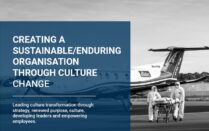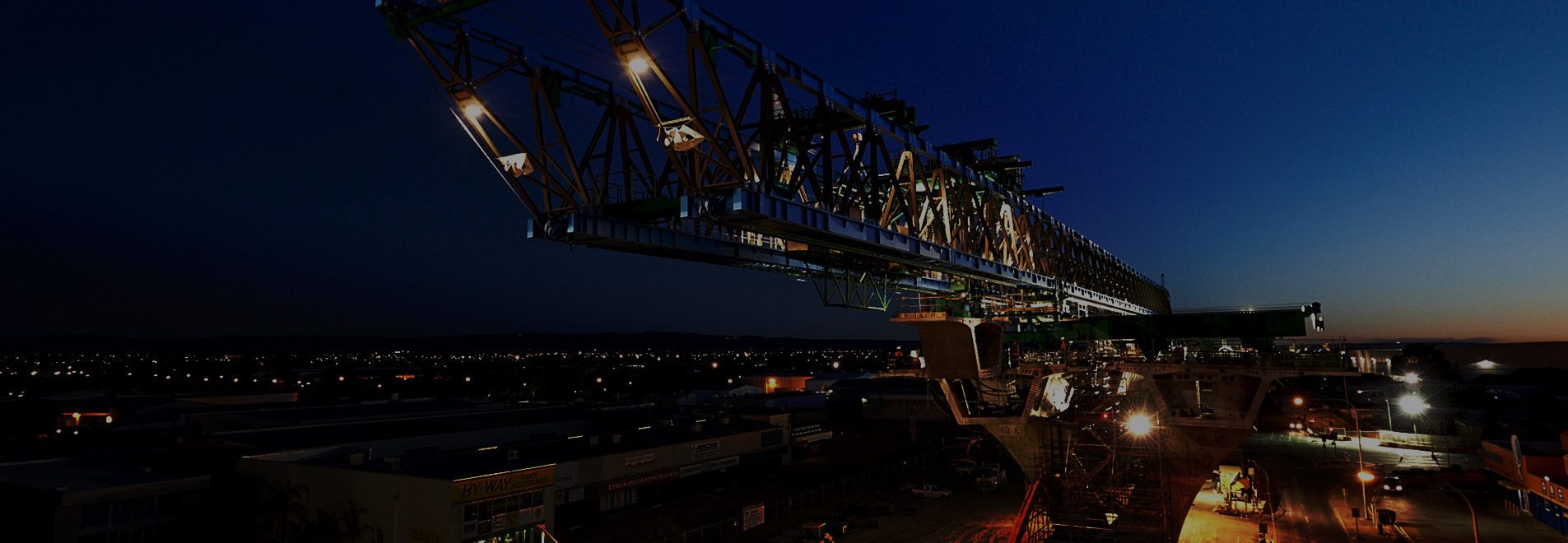
Over the past few years, BRS has provided a significant number of commercial capability/acumen training courses in various public sector infrastructure delivery agencies. This includes state, local and central government across Australia and New Zealand.
This training is popular and in significant demand as infrastructure delivery and other government agencies look for smarter and more commercially astute ways to deliver value for money projects with their supply chain partners. This is becoming increasingly important for a number of reasons which include:
- A constrained market where there are limited resources available to deliver on a significant infrastructure pipeline;
- Challenges in being a mature and intelligent client that their supply chain partners wish to work with when they have more choices that ever before;
- A lack of commercial capability in their agencies in knowing how to plan, fund, procure and deliver successful project outcomes;
- The importance of building commercial capability as a key skillset within the public sector;
- The importance of collaboration as a key skillset in successfully delivering win/win project outcomes;
- The importance of up front and transparent risk allocation practices that enable efficiency and value for money outcomes to be obtained from all parties involved in projects; and
- Increased competition for resources from other government agencies, geographies and sectors in being a client of choice to work with from a supply chain perspective.
Given the recent announcements from Federal, Central, State and local government agencies in recent months around increased infrastructure investment, this is not a problem that is going to go away anytime soon. There needs to be a long term commitment to the building of commercial capability and capacity within every government organisation to ensure value for money is a key objective for all government organisations.
To assist in ensuring this occurs, one of the key areas that government agencies can improve their relationships with their supply chain partners is in the area of increasing the transparency and openness around their forward pipeline of prospective and confirmed projects. This allows the private sector supply chain partners to:
- Adequately understand what is coming through the pipeline in key sectors, project type and stages;
- Have time to plan and resource up accordingly in preparation for when the projects come to the market;
- Work through who they may need to partner with to successfully deliver projects;
- Get the appropriate governance and decisions made well in advance in their organisations to successfully bid and tender for the work;
- Provide confidence to their staff and organisations that they have projects in the pipeline that give them the confidence and certainty to keep investing in their staff and projects.
There is a terrific website that pools all the projects across Australasia together that can then be analysed by project, sector, jurisdiction, size and many other ways. It has links to project websites, background information and key contact details for every project. It is run by Infrastructure Partnerships Australia and can be found at the following link:
https://infrastructurepipeline.org/
By also subscribing to their updates, you receive a regular monthly summary of what has been added or subtracted from the pipeline of projects. An example of this monthly summary is as follows:
It is updated by many government agencies but needs to be used by all to ensure it is accurate, complete and provides the whole picture. By all government agencies inputting their projects into this website and keeping it up to date, it removes decisions being made by the supply chain without visibility on the complete pipeline of projects, increases competition and enables projects to be successfully delivered collectively across Australia and New Zealand. We need to remove the perception or assumption that the supply chain only want to know about projects that are confirmed and funded. I would argue that putting up prospective projects along with confirmed projects allows them to make decisions around what services or capability they are willing to invest in that could service a broad range of clients or projects.
Our supply chain partners are not mind readers in knowing when we are going to market with our projects or what they look like. Nor will they make decisions to resource up or bid for a project without adequate time and information. We need to set them up for success and provide them the confidence and certainty to work with us to deliver value for money outcomes for the community.



